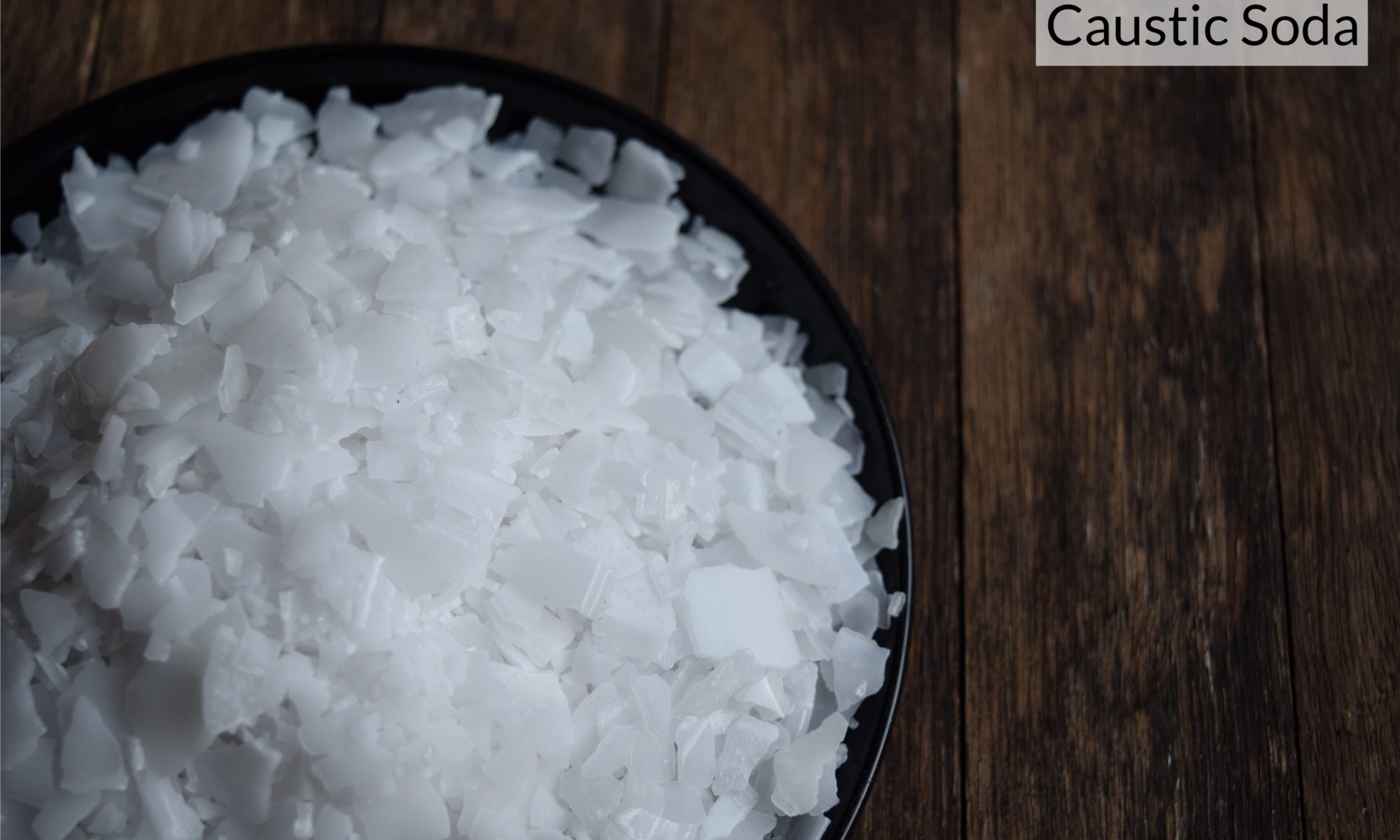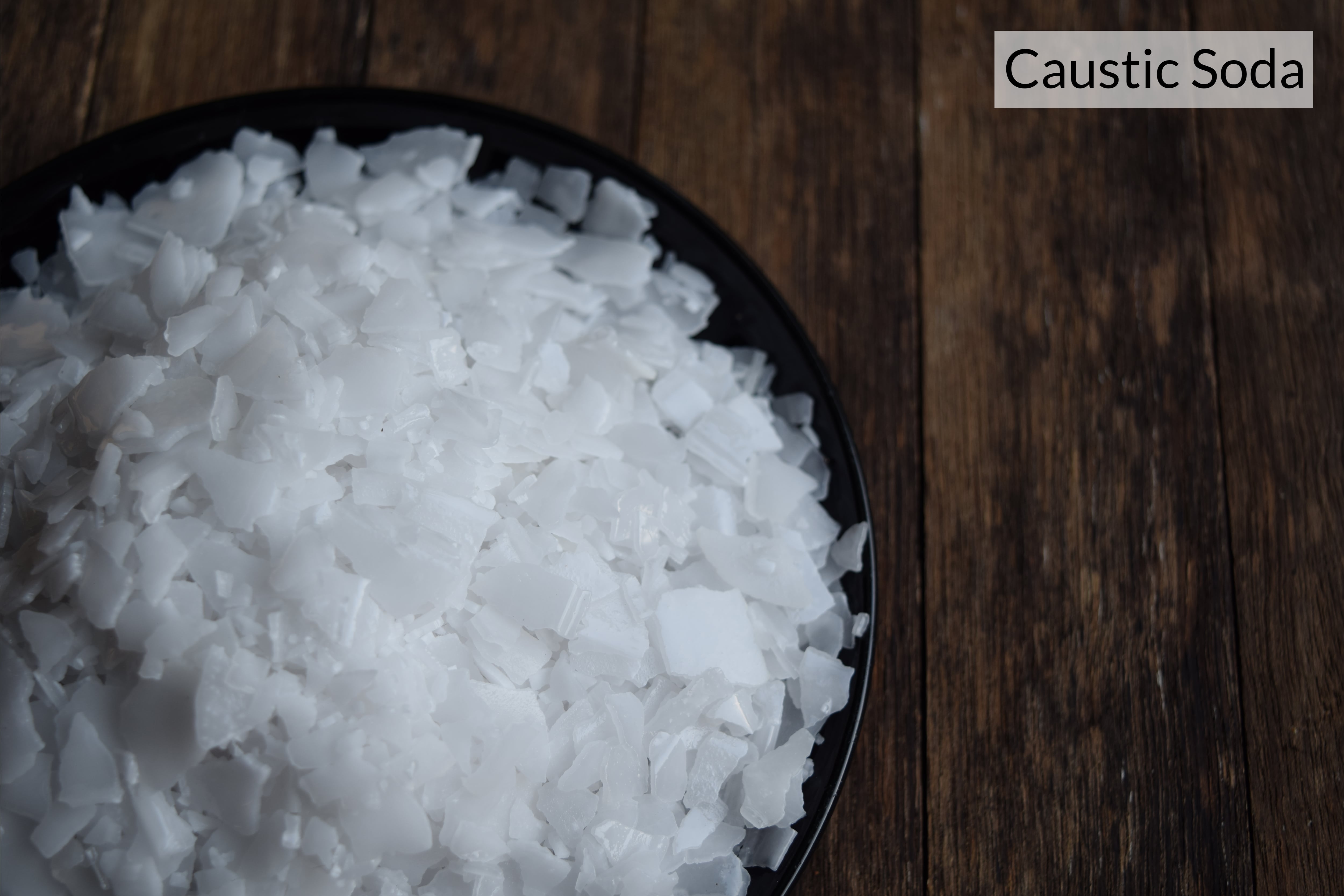How To Do Safe Paint Stripping?
A major concern when renovating our home was the removal of old paint on doors, windows, skirting boards, staircase and fireplaces. We had many layers of old paint on basically every surface in the house! Because the house was built so long ago, and because any previous updating work was probably done in the 1950s, 1960s and 1970s, we can be fairly certain that all of the paint is lead based.
Toxic Chemicals in Paints
A lot of people may not really believe that lead in paint is especially toxic or harmful as you would probably have to eat the paint to ingest any lead. But do you really want to take the risk? If we have children in the house in years to come why would we want to take the risk of them becoming ill? Chemicals in lead in paint are also potentially harmful to pregnant women – again why take the risk if it can be safely removed?
DIY-VOC
Over the years, due to regulations, paint strippers have become less toxic, removing some solvents and lowering toxicity. But of all of the paint strippers I looked at in builders merchants and DIY stores I was only able to find one other (DIY store own-branded) paint stripper that contained anything less than high VOC (volatile organic compounds) content. As regulations have changed, manufacturers have often simply removed one banned solvent, or substance, and replaced it with another that was probably just as bad and was probably banned at a later date.
I won’t claim to know all of the science and technical information involved in the dangers of lead paint but I know that I have the chance to be rid of these dangers now, whilst the house is being renovated. I would encourage anyone else, who is also renovating, and reading this blog, to give serious consideration to taking steps to remove any (even potentially) lead-based paint from their homes.
We decided that it would be best to remove all of the old lead paint, if possible, and re-paint with non-toxic paints. But it was always going to be a difficult task. As we’re trying to create an eco-friendly home, free from VOCs, we didn’t want to use any aggressive paint removal products as most of the off-the-shelf paint removal products are themselves very high in VOCs so using them would be counterproductive.
We wanted a paint remover that was solvent-free, non-hazardous and suitable for DIY use. It needed to be suitable for indoor use as we’re stripping lots of surfaces such as door frames or skirting boards that will remain in-situ. Also, as some of the work was done over winter it would have been cold outside. Whatever you’re doing, who wants to be outside or have the windows open if it’s cold or raining? So it had to be suitable for indoor use, without a nasty, toxic smell.
When you read on a label “use only in a well-ventilated area” what do you think? I think that if the manufacturers don’t believe that I should be able to breathe in the fumes of their product, then it can’t be safe can it? There must be a better, safer and more environmentally friendly answer. I simply refuse to use toxic products if at all possible. A little research of all of the different products that I could find resulted in nothing suitable until I found Eco Solutions Home Strip. Straight away I knew that I had found a safer, more eco-friendly alternative. It’s just down to how much time do you have? Are you willing to potentially pay more for eco-friendly products? Are you prepared to work a little harder if necessary? Hopefully, if you’re reading this I’m making this decision easier for you.
Eco-Products Home Strip removes lead-based paints, oil-based paints, solvent-based paints, water-based paints and emulsions as well as varnishes, waxes, fire-resistant paints and rust-preventative surface coatings. It’s suitable for use on many surfaces including hard and soft woods, marble, stone, brick, concrete, plaster, ceramic tiles, UPVC, GRP, aluminium, brass and other soft metals.
The VOC content is 0.000004% so you can work with it for as long as you like without ever fearing that you’re going to do yourself any harm and you needn’t have the windows open. Do you really want to burn your skin or breathe in hazardous fumes? I don’t. Certainly, we all get lazy and sometimes we forget to wear gloves or a face mask, but you should always work from the outset with a genuine good intention to work as safely as possible.
When removing lead paint, it is important not to simply try to sand it off by hand using sandpaper or by using an electric sanding tool as this creates dust with lead in it and this can be inhaled. In order to safely remove lead-based paint, you should keep it wet. Home Strip is similar in consistency to a gel. Once it has been spread onto the surface it keeps the paint wet. In order to ensure this, you can wrap the object being stripped in cling film – although this can be more difficult for things like door frames for example.
Home Strip eats away at the layers of paint and all of the lead content is encapsulated in the gel. It is then important to dispose of the waste correctly, at a local refuse centre that are able to handle lead paint products. You could safely wash Home Strip down the drain as it’s water-based, but the problem with this is that the lead-based paint that you have stripped is still toxic if released into the drains, so it should be disposed of carefully.
In my experience using Home Strip does require a little more time and effort than using a more aggressive, less eco-friendly product, but I was willing to take the extra time and put in the extra effort knowing that the result would be more environmentally friendly. I didn’t want to simply resort to using the easiest, most aggressive product that I could find to get the job done as quickly as possible – to the detriment of indoor air quality and the wider environment.
Home Strip did a quality, eco-friendly, job and did so without filling my home with toxic smells. I would happily use Home Strip in the same room as children, or in a room where I intended to sleep that same night, with the windows closed. I wouldn’t do this with other products. I felt no need to open a window or to ventilate the house whilst using Home Strip. It was almost totally odourless, in fact, what faint odour it did have I actually thought was quite pleasant and whilst the instructions did suggest using gloves I didn’t feel any real need to do so. I wouldn’t even consider using other paint stripping products without some sort of face mask, a fully ventilated room and gloves. We recently had some work done where a very commonly used adhesive was used and the whole first floor of the house smelled awful for several days, to the point where we didn’t want to be in the house. Home Strip does not create any toxic or unpleasant odour.





